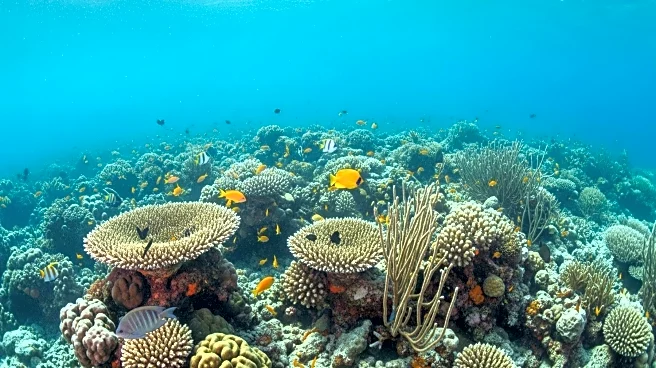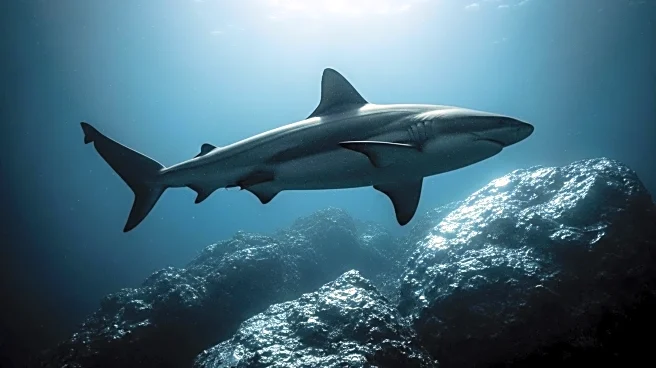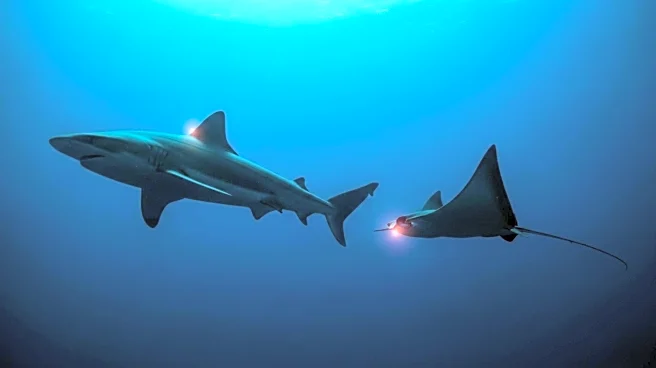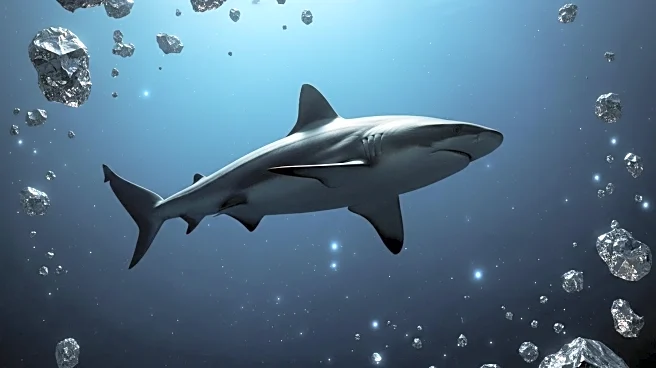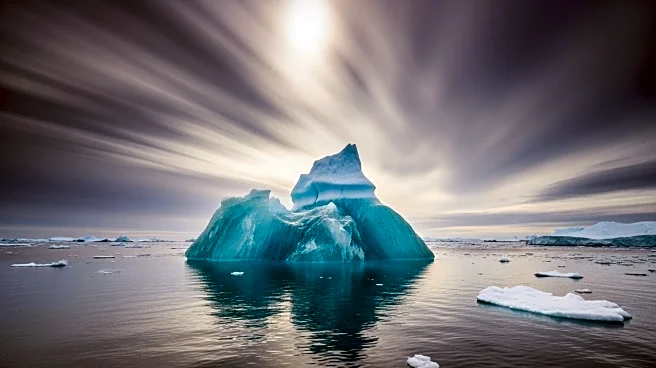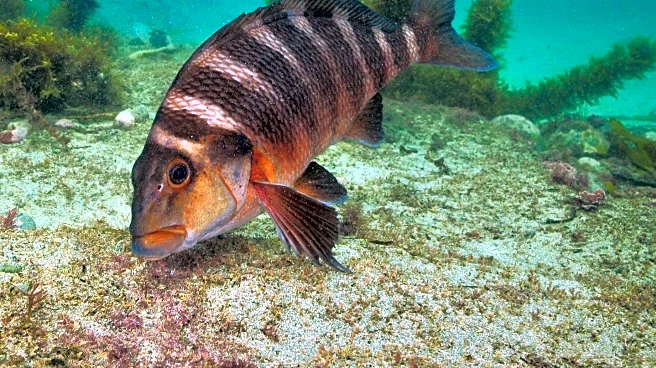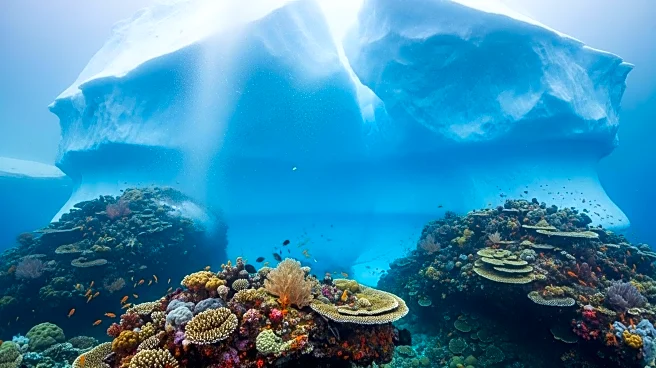What's Happening?
Researchers from the University of Hawaiʻi are expressing concerns about the potential impacts of deep-sea mining on marine life in the Pacific Ocean. A new study highlights the overlap between proposed commercial mining sites and the habitats of sharks and rays, which could be adversely affected by such activities. The research team, including graduate student Aaron Judah and oceanography professor Jeff Drazen, is calling attention to the ecological risks posed by seabed mining, which is being considered for its potential economic benefits.
Why It's Important?
The push for seabed mining is driven by the demand for minerals used in technology and renewable energy sectors. However, the environmental impact of such activities could be significant, threatening biodiversity and disrupting marine ecosystems. The findings of the study underscore the need for careful consideration of environmental consequences before proceeding with commercial mining operations. The debate over seabed mining reflects broader tensions between economic development and environmental conservation, with potential implications for policy-making and international regulations.
What's Next?
As discussions around seabed mining continue, stakeholders including governments, environmental organizations, and industry leaders will need to weigh the economic benefits against the environmental costs. Regulatory frameworks may be developed or revised to address the ecological concerns raised by researchers. Ongoing scientific research will be crucial in informing these decisions, and public awareness campaigns may play a role in shaping policy outcomes. The future of seabed mining will likely depend on balancing technological advancement with sustainable environmental practices.

